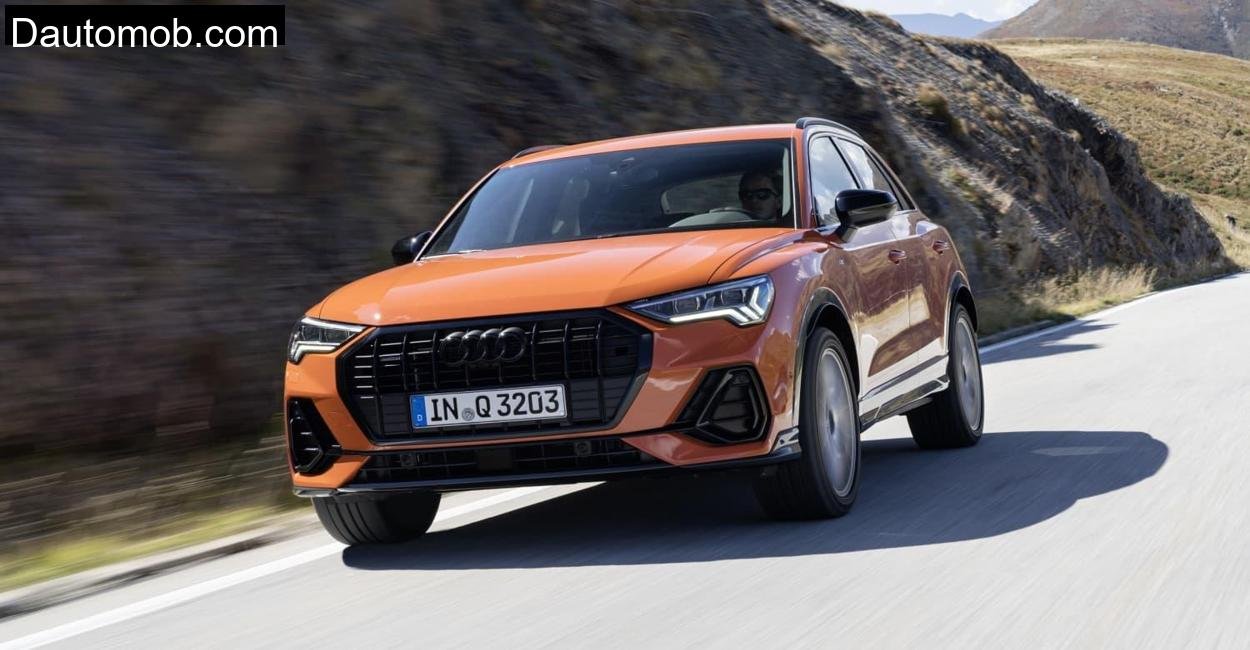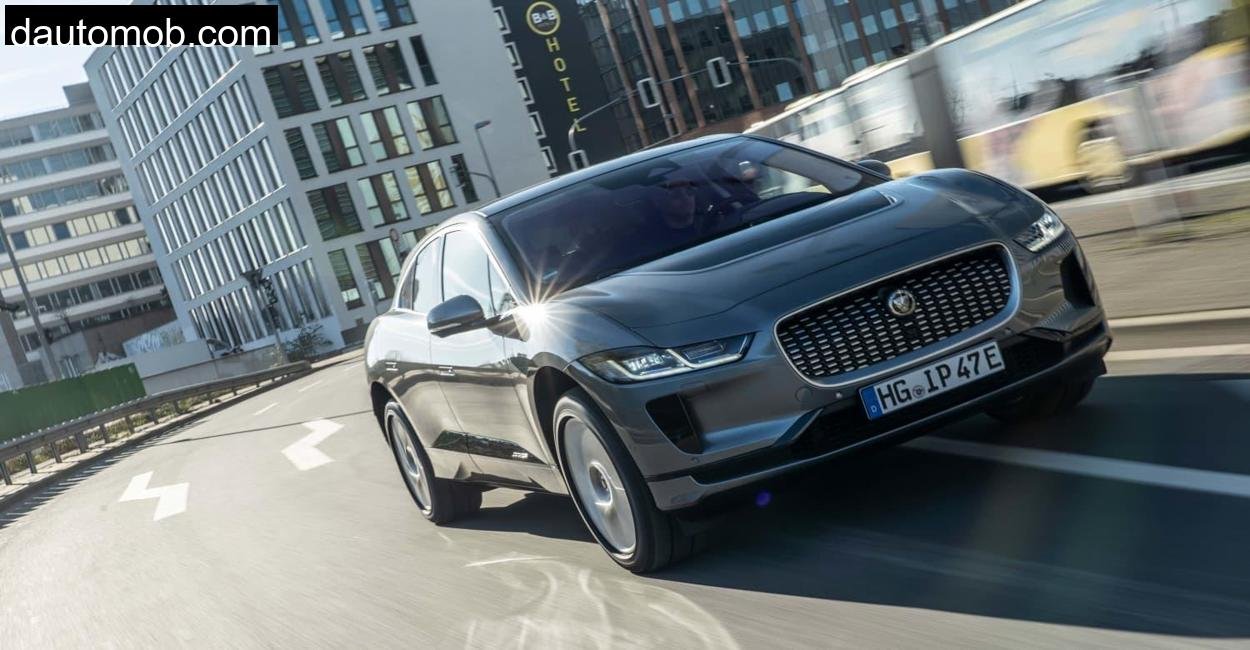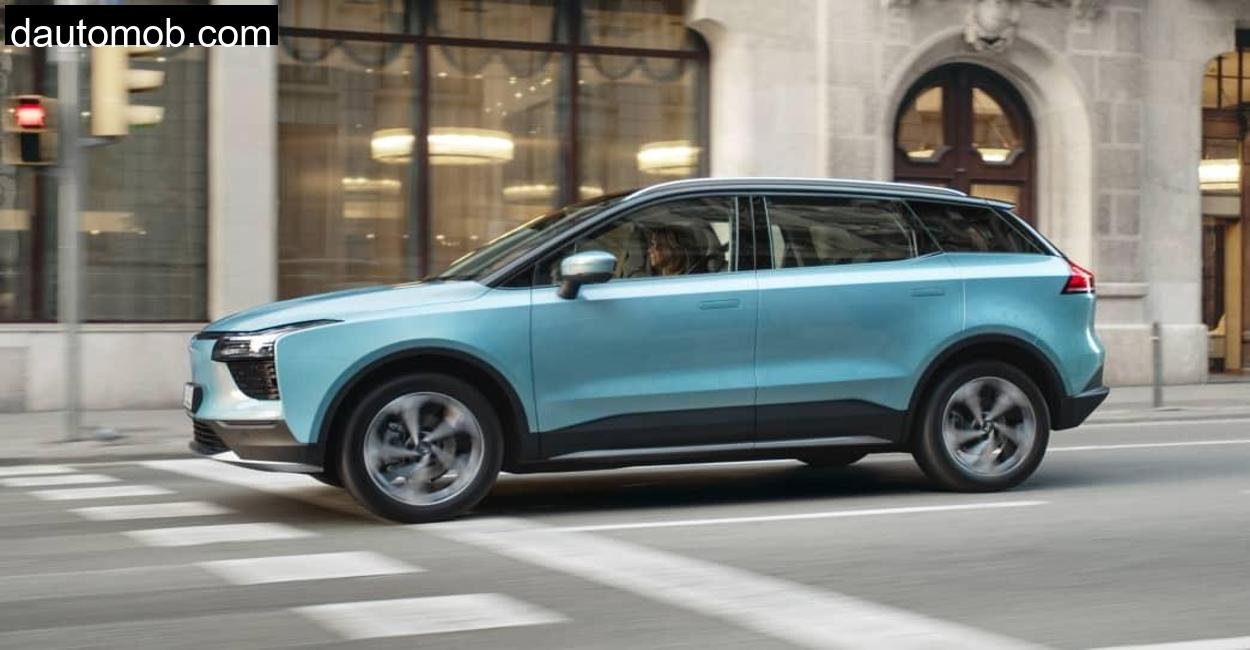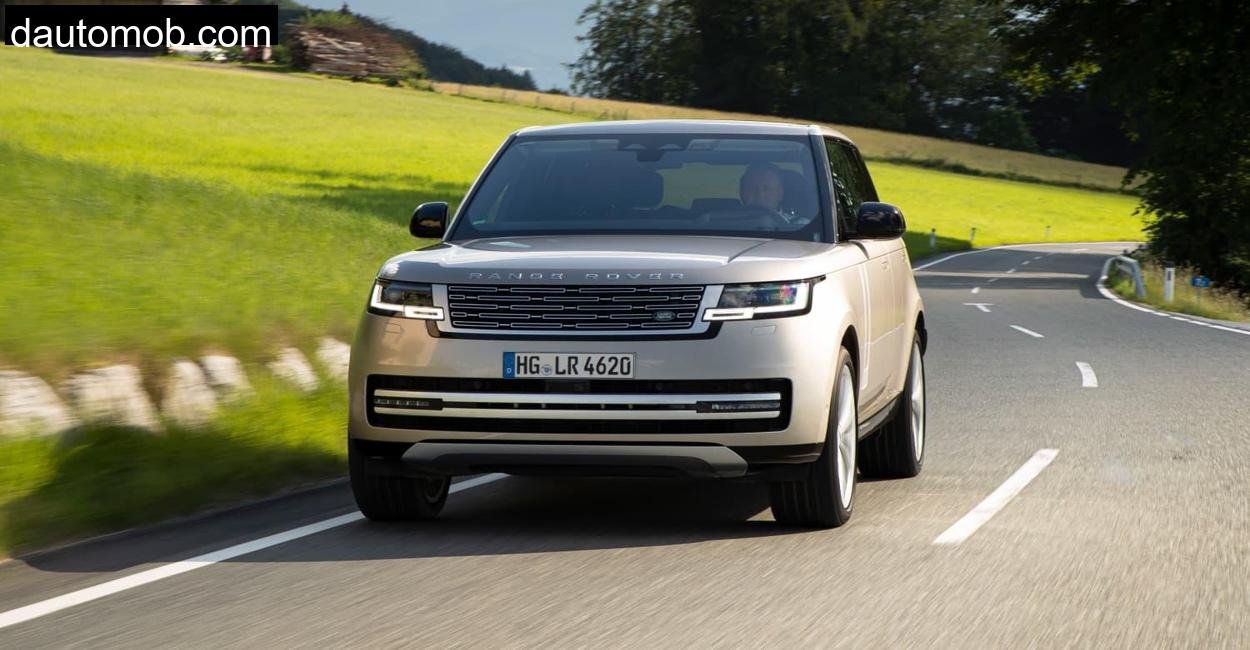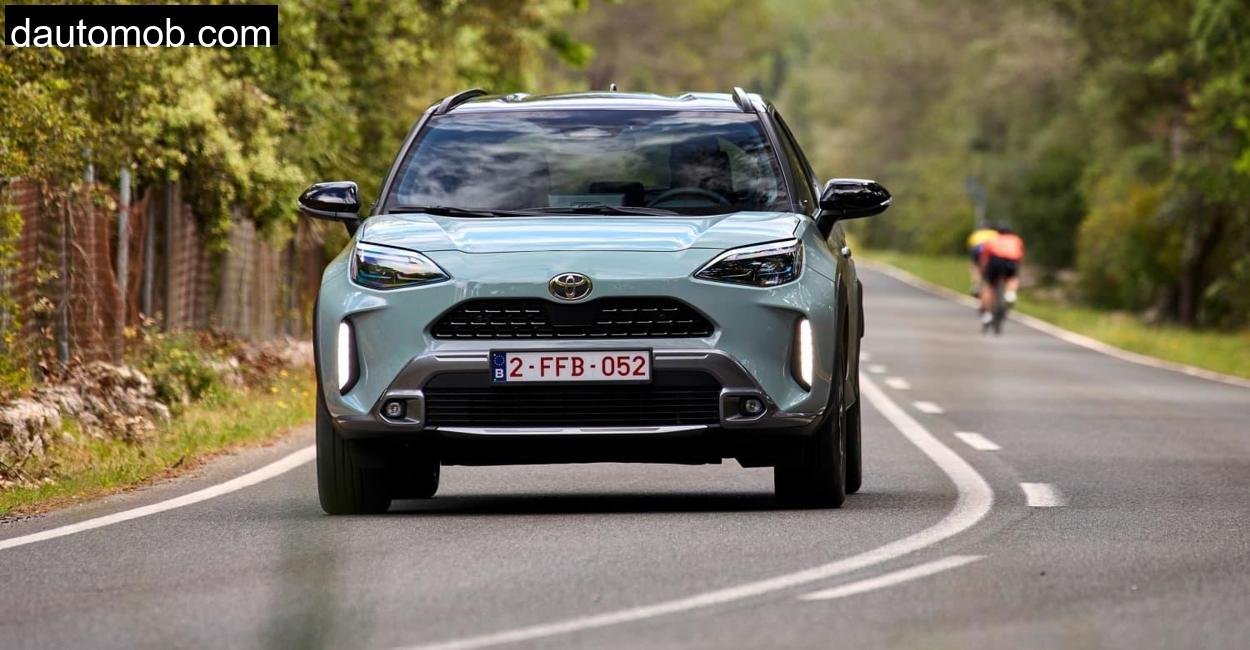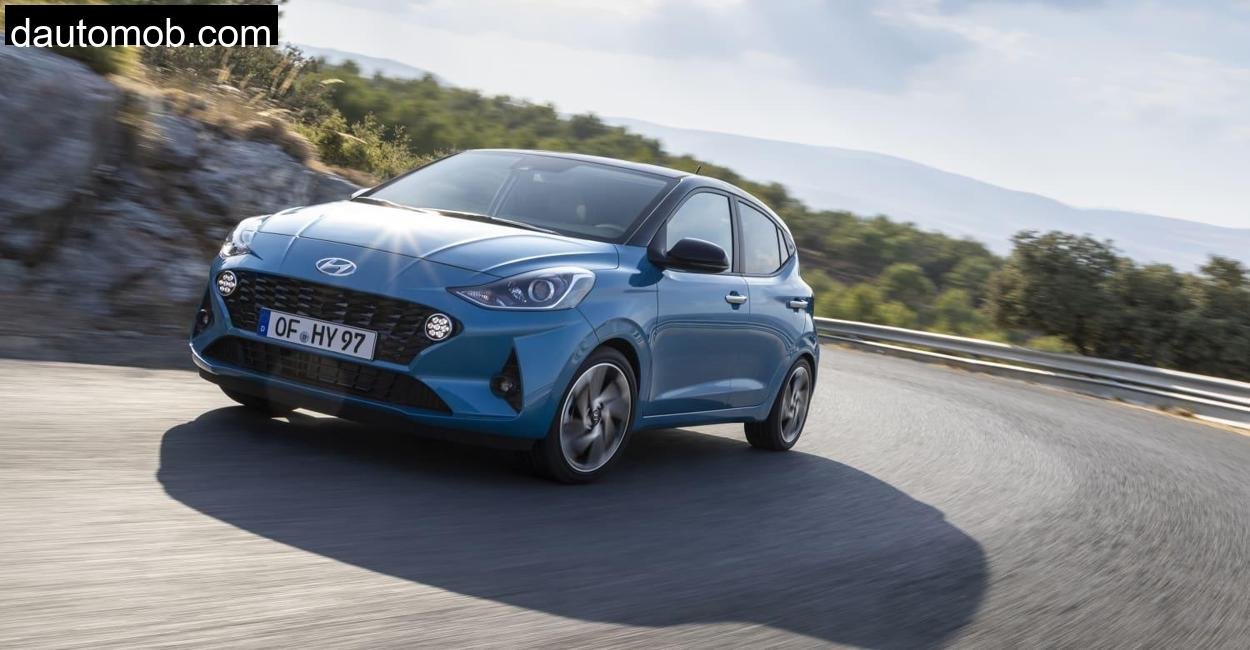We were winding our way up the mist, covered Süntel ridge in Lower Saxony , a forgotten sliver of forested sandstone cliffs and endless curves , when I first realized just how deceptive the VW Taigo really is. It’s not big. It doesn’t shout for attention. But somehow, here it was, threading its way up narrow forest roads and broken tarmac with the ease and confidence of a car that should be wearing a Golf badge. Or maybe even a Tiguan’s.
Over the span of two weeks, I had both the 1.0 TSI and the 1.5 TSI versions of the Taigo in my hands. One in smoky Kings Red, the other in understated Reef Blue. I loaded them up with camera gear, an e, bike, hiking boots, and enough pessimism to doubt if a car this small and coupe, ish could ever be practical. Spoiler alert: it is. But it took the twists and turns of Süntel , literally , to convince me.
Taigo: The Subcompact SUV With Something to Prove
The VW Taigo entered the scene in 2021, squeezed in below the T, Roc and just alongside the T, Cross. A curious crossover, coupé with Latin American roots, it blends the compactness of a Polo, the flair of a coupé roofline, and the high, riding posture of an SUV. On paper, it shouldn’t work. In reality, it’s more Golf than you’d expect , but with a twist of sass.
At 4.27 meters in length, the Taigo is actually longer than the T, Roc. Its wheelbase, though, remains tight and city, friendly. That stretched rear overhang is what gives it the unmistakable silhouette , and more crucially, a generous boot. VW markets it as a “lifestyle” SUV, which usually translates into compromises. But here, those compromises are few and well, hidden.
The Süntel region was a fitting place to see what the Taigo could do. Its narrow, often single, lane roads demand compactness. The hill climbs and descents punish underpowered engines. And when you throw in a loaded boot and 600 meters of altitude change, the little things , torque response, DSG behavior, wind noise , start to matter more than brochure numbers.
Engine and Transmission: Small Numbers, Strong Character
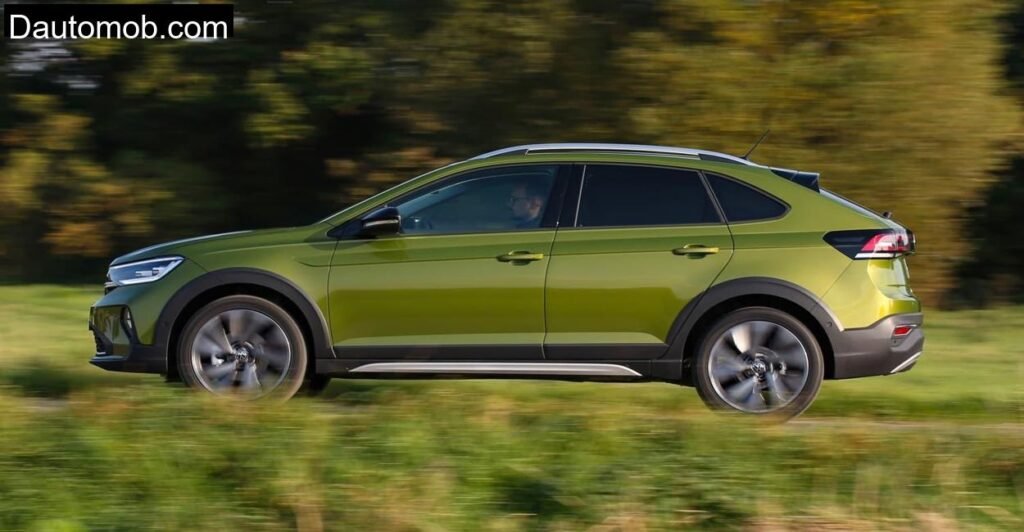
I started the test with the 1.0 TSI , a three, cylinder engine with 110 PS and a healthy 200 Nm of torque. If that sounds modest, you’d be right. But the character of this motor is anything but shy. On the climb to Hohe Egge, the highest point in Süntel, I kept it in Sport mode and let the 7, speed DSG do its thing. There’s a sweet spot between 2,000 and 4,500 rpm where the turbo spools up and delivers a punchy, linear drive.
What impressed me wasn’t the outright power , it was the civility. It doesn’t moan like older three, cylinders. It doesn’t shudder on idle. And paired with the DSG, it keeps calm in traffic but reacts quickly on country roads. Overtakes from 60 to 100 km/h were done in just over six seconds , more than adequate for a car in this class.
Then I switched to the 1.5 TSI , and it changed everything. With 150 PS and 250 Nm, it felt less like a small SUV and more like a grown, up hatchback. Climbing steep gradients near the Hohenstein trailhead, the power delivery was creamy smooth, with just a hint of aggression when needed. It doesn’t lurch forward like a GTI, but the balance between refinement and urgency is nearly perfect.
| Engine | Power (HP) | Torque (Nm) | 0, 100 km/h | Top Speed | Transmission |
| 1.0 TSI | 110 | 200 | 10.4 s | 191 km/h | 7, speed DSG |
| 1.5 TSI | 150 | 250 | 8.3 s | 212 km/h | 7, speed DSG |
Real, World Fuel Consumption in the Hills of Süntel
Driving through the tight switchbacks and elevation shifts of Süntel wasn’t exactly fuel, saving territory. But the numbers remained reasonable. The 1.0 TSI averaged 6.4 l/100 km during spirited driving and dipped to 5.5 l/100 km on flat terrain. The 1.5 TSI was marginally thirstier, hitting 6.6 l/100 km on average , still far from extravagant for the power on offer.
On long, consistent downhill stretches, engine braking worked predictably, and the DSG kept revs in check. In town, the start, stop system operated seamlessly, and the transitions were almost imperceptible.
Taigo’s Interior: Form Meets Function With Just a Few Misses
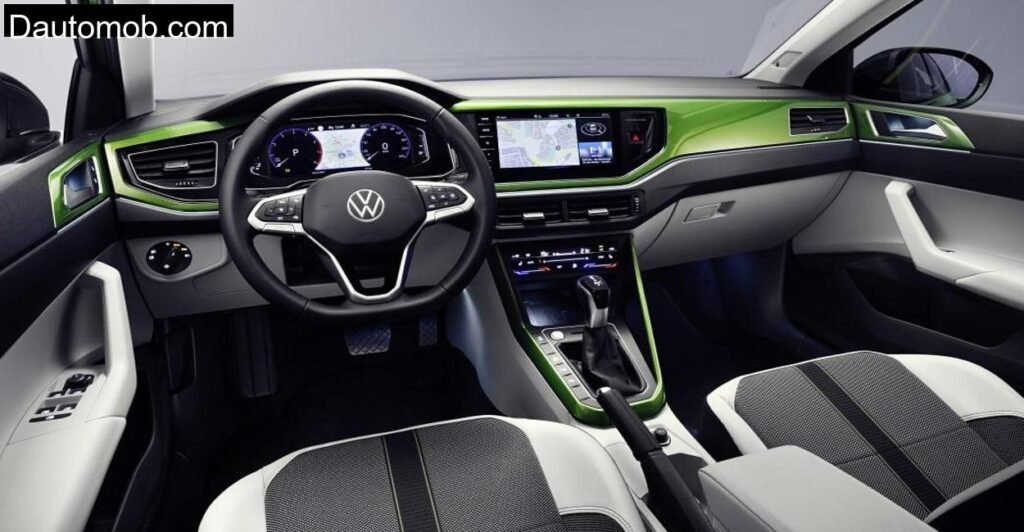
Inside, the Taigo is a familiar place. Think Polo or T, Cross , but a little more refined. The Style trim I tested came with the digital cockpit and VW’s latest infotainment system. Graphics are crisp, animations are smooth, and menus are logical. But , and it’s a big but , those temperature sliders? They’re awful. On bumpy roads, you’ll find yourself fumbling for volume or fan speed, only to give up and stab at the steering wheel controls.
Aside from that, the fit and finish are excellent. Hard plastics are cleverly disguised with texture and accents, and there’s a surprising amount of lateral support in the front seats. Long drives were easy, and after two hours winding through the forest, I didn’t feel a hint of fatigue.
Storage is decent, if not exceptional. Cupholders are well, sized, there’s a wireless charging pad, and the armrest hides a deep cubby. In the back, rear legroom is just enough for adults under 6 feet , tight, but livable. And the boot? That’s where the Taigo shines.
Luggage space is a segment highlight, with 440 liters in regular setup and up to 1,222 liters with seats folded. I carried a full, size e, bike with the front wheel removed, plus two backpacks and a tripod , all under the parcel shelf.
If you were expecting the ride quality of a budget hatchback, prepare to be pleasantly surprised. The Taigo’s suspension strikes a commendable balance between softness and composure. Süntel’s uneven surfaces, often riddled with patchwork asphalt and leaf, covered dips, didn’t unsettle the chassis.
Technical Specification
VW’s official site is our real-time source for all technical details to ensure complete reliability.
| Specification | 1.0 TSI (95 PS) | 1.0 TSI (110 PS) | 1.5 TSI (150 PS) |
|---|---|---|---|
| Engine Type | 3-cylinder turbocharged petrol | 3-cylinder turbocharged petrol | 4-cylinder turbocharged petrol |
| Displacement | 999 cc | 999 cc | 1,498 cc |
| Max Power | 70 kW (95 PS) | 81 kW (110 PS) | 110 kW (150 PS) |
| Max Torque | 175 Nm @ 1,600–3,500 rpm | 200 Nm @ 2,000–3,000 rpm | 250 Nm @ 1,500–3,500 rpm |
| Transmission | 5-speed manual | 6-speed manual / 7-speed DSG | 7-speed DSG |
| Drive Type | Front-wheel drive | Front-wheel drive | Front-wheel drive |
| Fuel Consumption (Combined) | 4.9–4.7 l/100 km | 5.0–4.9 l/100 km | 5.1 l/100 km |
| CO₂ Emissions (Combined) | 113–108 g/km | 114–111 g/km | 117–116 g/km |
| Top Speed | 183 km/h | 191 km/h | 212 km/h |
| Acceleration (0–100 km/h) | 11.1 seconds | 10.9 seconds | 8.3 seconds |
| Fuel Tank Capacity | 40 liters | 40 liters | 40 liters |
On the Road: Ride, Handling and Noise Levels
The steering is light but precise. It won’t thrill enthusiasts, but it makes threading through narrow village lanes a breeze. On faster roads, the 1.5 TSI version felt significantly more planted, likely thanks to its slightly higher weight and more robust torque curve.
At 120 km/h on the A2 en route to Süntel, wind and road noise were impressively subdued. Even with frameless mirrors and a sloping roofline, it didn’t whistle or drone. For a small car, it feels remarkably mature at speed.
Everyday Practicality: SUV Coupé That Works
What surprised me the most wasn’t how the Taigo drove , it was how much I could do with it. From loading up camera gear for forest shoots to hauling bikes on a tow, mounted rack, it never felt lacking.
Tow capacity for braked trailers is 1.2 tons in the 1.5 TSI and 1.1 in the 1.0 TSI. Payload is around 450 kg, which is adequate for four adults and light luggage. The roof load is 75 kg , more than enough for a pair of bikes or a roof box.
And yes, the coupé styling does rob a bit of rear headroom, but it’s not dramatic. At 1.84 meters tall, I didn’t brush the ceiling. Even rear visibility is better than expected, thanks to a low window line and decent, sized mirrors.
Pricing and Value: Worth the Premium?
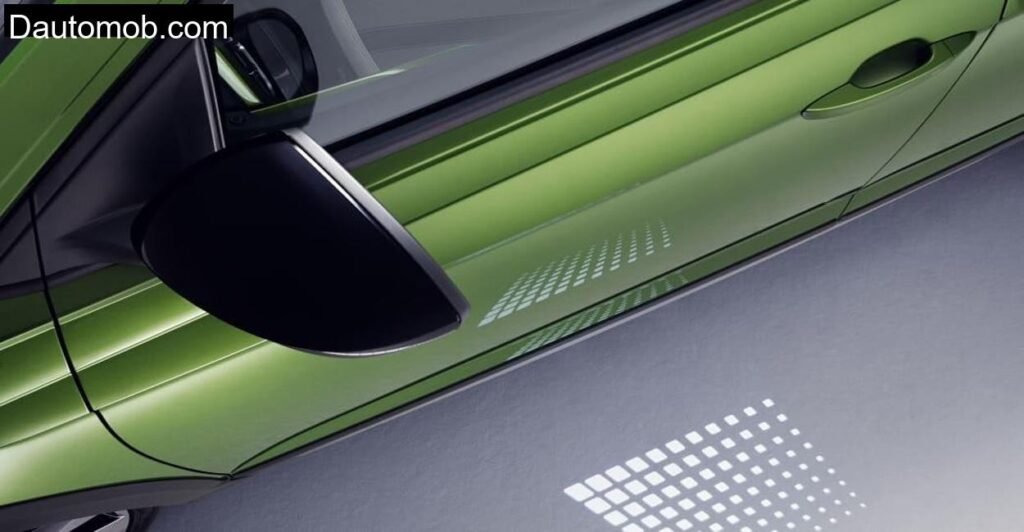
Here’s where things get complicated. The base Taigo starts around €22,375 , but the Style trims I tested were over €32,000 for the 1.0 and nearly €35,000 for the 1.5. That’s encroaching on Golf money. And while the Taigo offers a unique look and solid features, the price tag feels a little high once you factor in optional extras like adaptive cruise control, heated seats, and matrix LED headlights.
But value isn’t just about price , it’s about what you get. And what you get with the Taigo is a polished, surprisingly spacious and easy, to, live, with car that feels more premium than its badge suggests.
Conclusion: A Coupé for the Real World
After two weeks and nearly 1,000 kilometers through towns, forests, motorways, and muddy paths, the VW Taigo left a stronger impression than I expected. It doesn’t try to be the flashiest or fastest. But it is one of the most complete small SUVs I’ve driven lately. It’s easy to drive, efficient, practical, and just stylish enough to stand out in a crowded segment.
Would I buy one? If I needed a city car that could double as a weekend adventurer, carry gear, haul bikes, and still look sharp parked outside a café in Hamelin , yes. In a world of increasingly complex electrified crossovers, the simplicity and maturity of the Taigo is refreshing.
Is the VW Taigo suitable for tall drivers?
Yes. With excellent front headroom (suitable up to 2.10 meters tall) and solid legroom, the Taigo easily accommodates tall drivers.
Is the VW Taigo expensive to own?
While pricing is on the high side, fuel efficiency and low emissions help balance out running costs. Maintenance and insurance are typical for the segment.
Is the VW Taigo good for long, distance travel?
Surprisingly, yes. With a comfortable ride, quiet cabin, and supportive seats, the Taigo handles long drives far better than its size might suggest.

